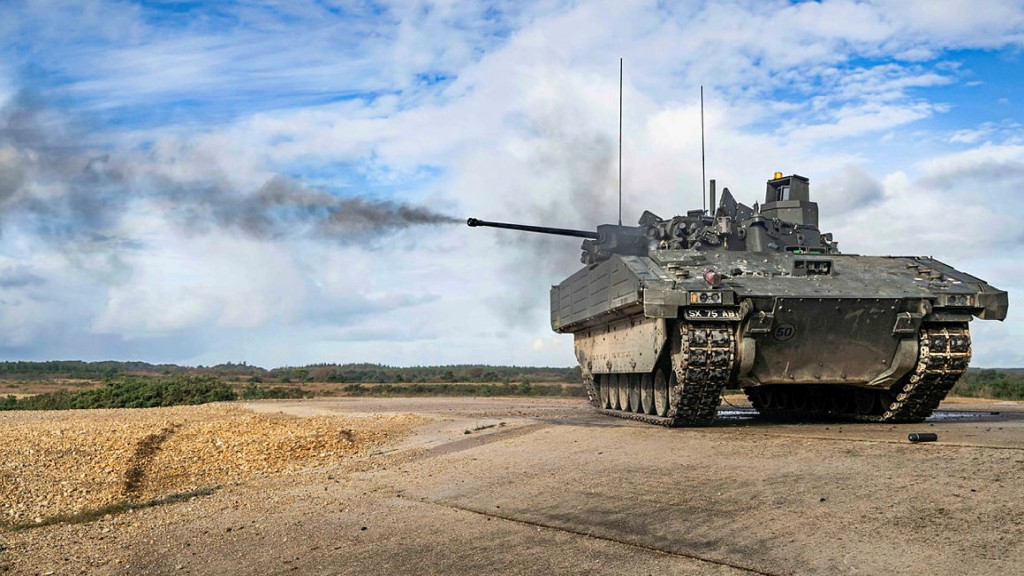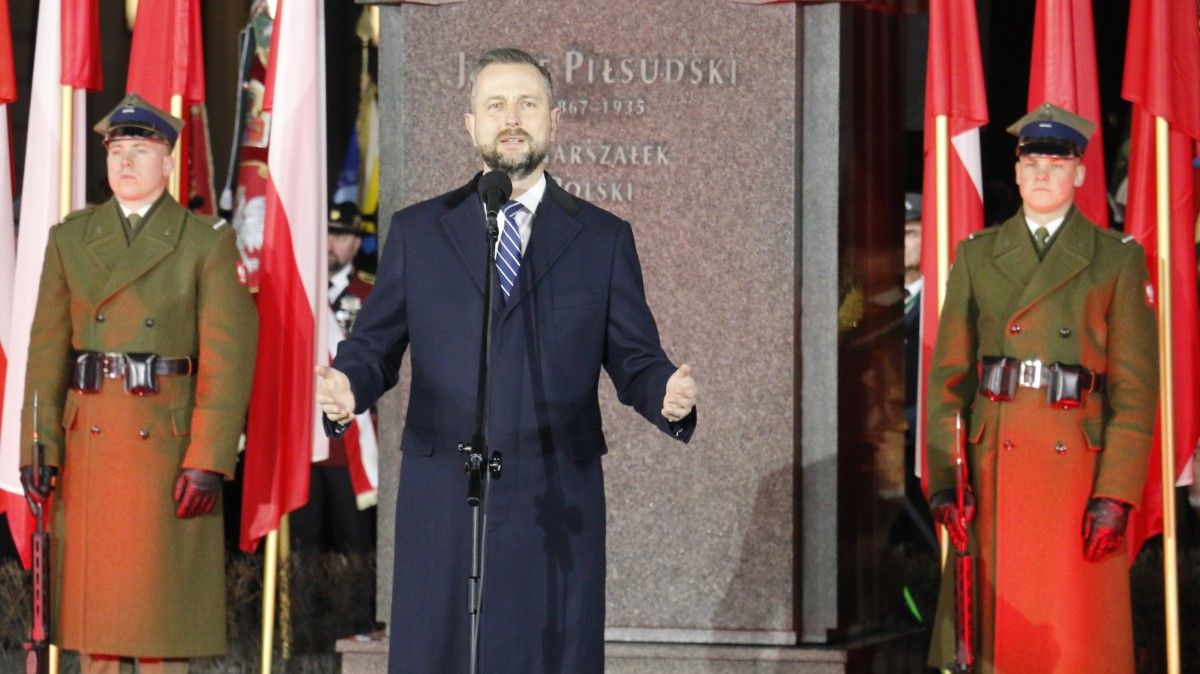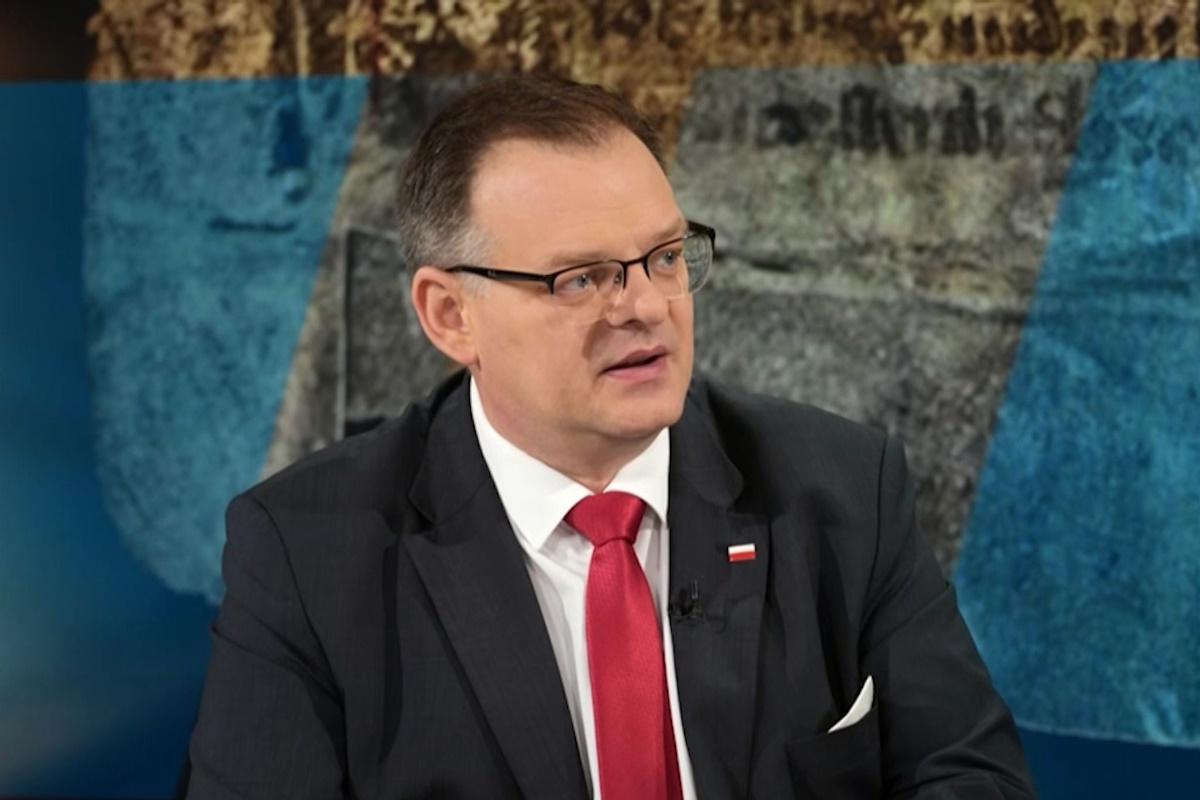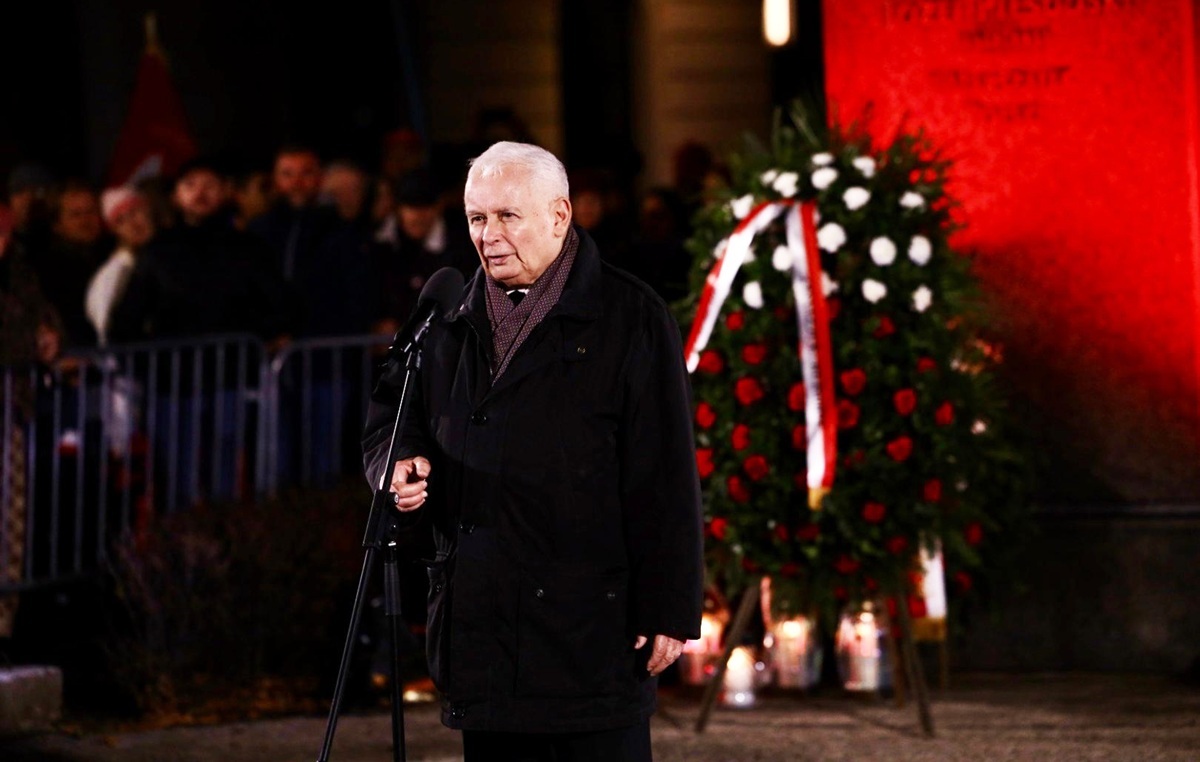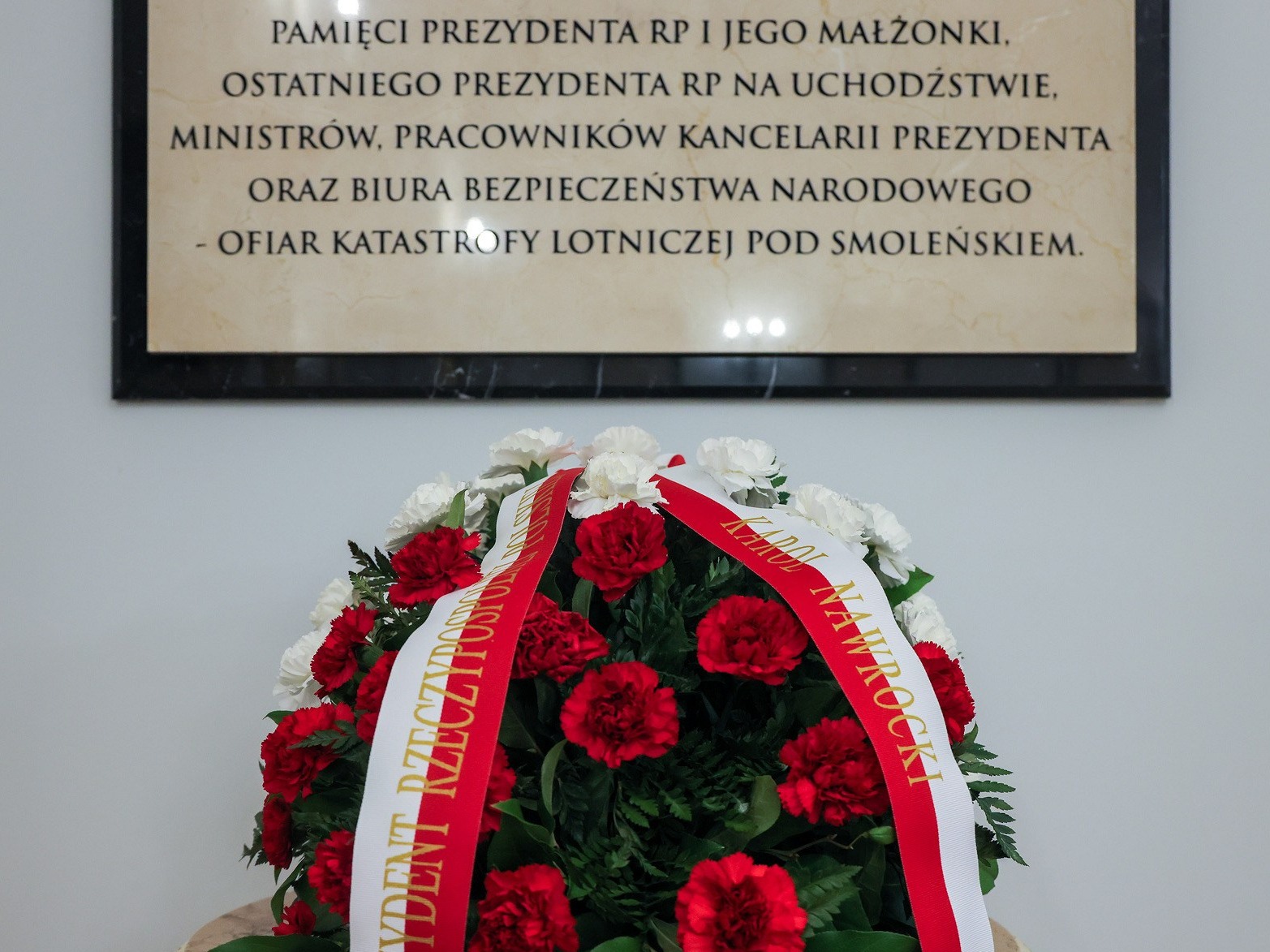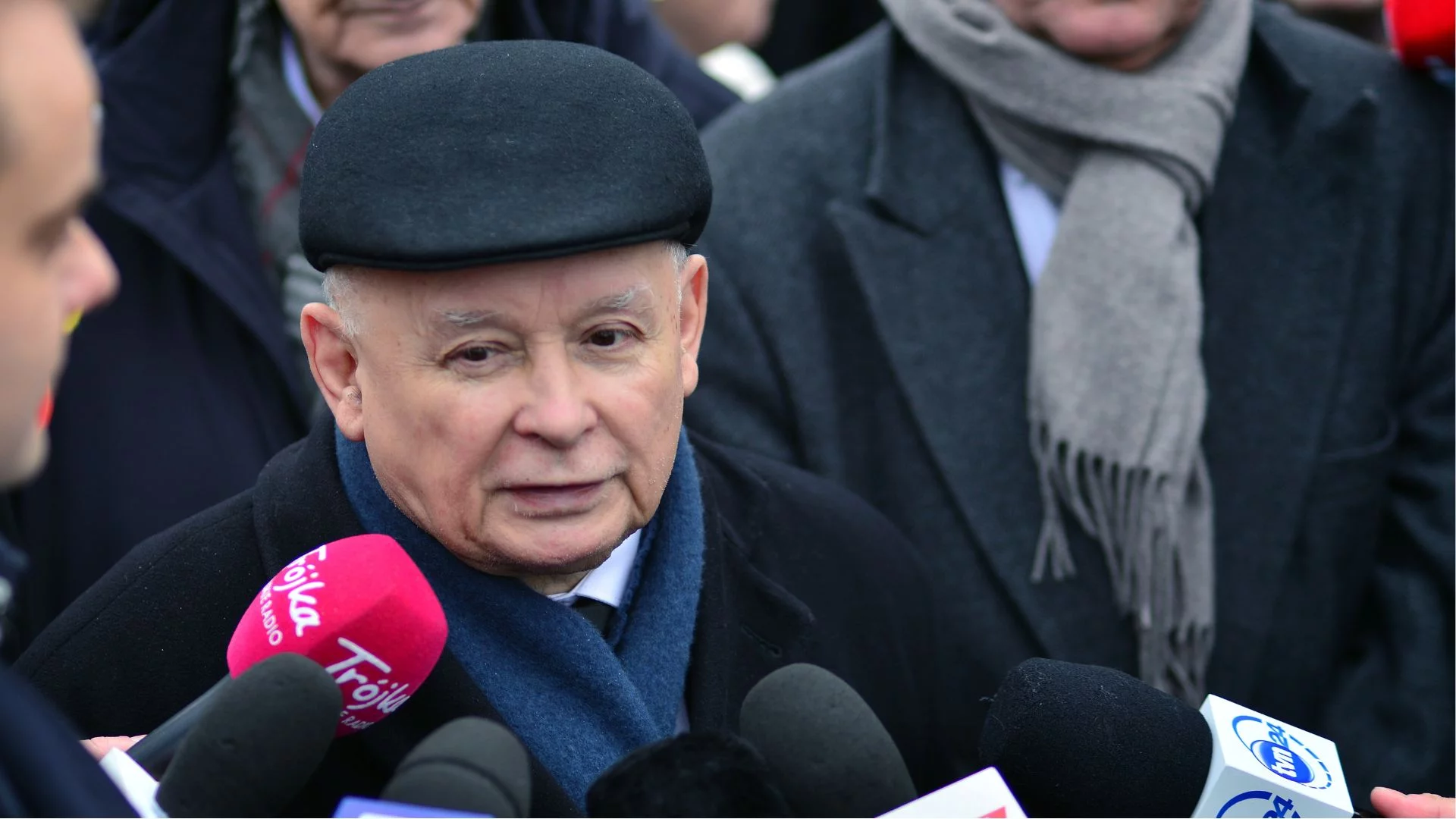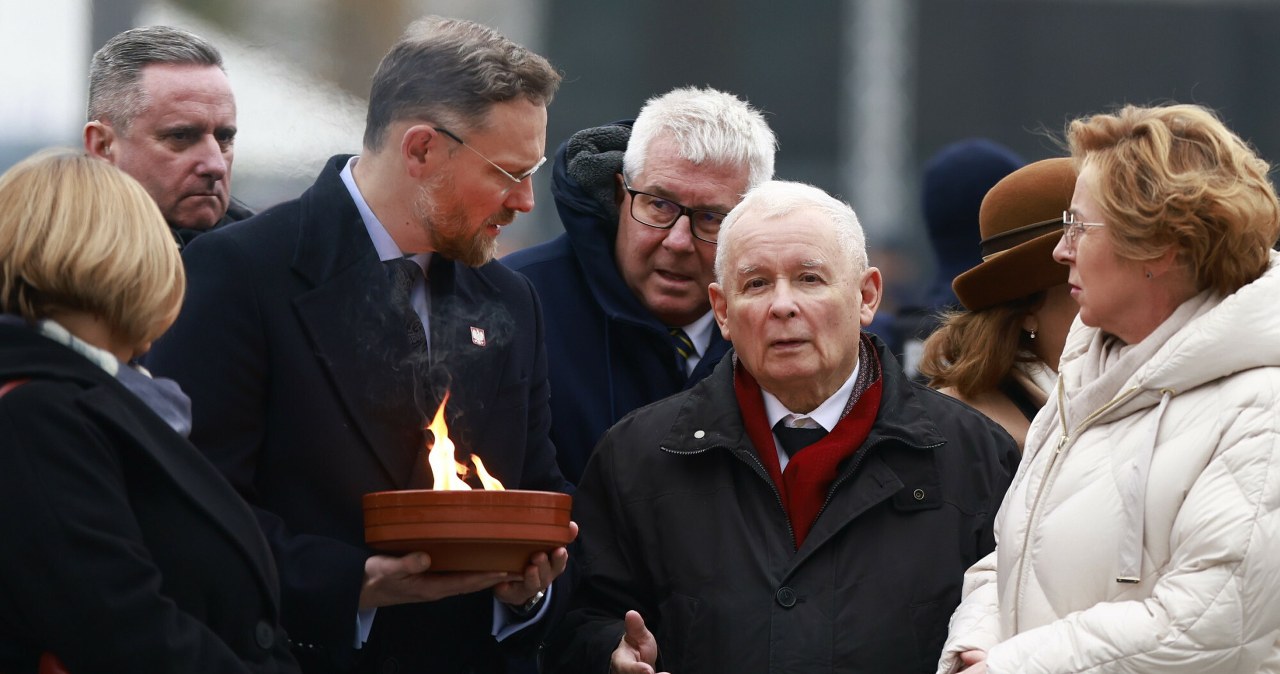If so, what conflicts were the armed forces of NATO members preparing for?
For more than three decades, it was assumed that the main task of the military would be participation in crisis management operations, such as the NATO ISAF operation in Afghanistan, or the earlier coalition operation of the United States and their allies in Iraq, and smaller – of the European Union in Africa or former in the Western Balkans. Even if they were very dangerous for soldiers, there were no fights in the trenches, nor was a lot of ammunition used. Why? These were asymmetric conflicts, i.e. with opponents, often non-state actors, such as the Taliban, whose potential was not even close to NATO, and who used completely different tactics and had different operational goals than Russia against Ukraine today.
What were the consequences of this approach?
The EU member states assumed that their armed forces would have to face a much weaker enemy, so, colloquially speaking, they would use less ammunition and need fewer weapons systems. They also predicted they would have more time to restock supplies, repair equipment, etc. In such conflicts, even precision weapons weren’t needed in vast quantities – several hundred missiles were enough to destroy Libya’s air defense during the 2011 operation, which is as many as today – drones included – Russia can direct against Ukraine overnight. For that reason, no large orders had been placed with the defense industry for means of combat. What happened on February 24, 2022, found the armed forces of European countries – of the United States, too – and their defense industry functioning in a different reality, rooted in the post-Cold War logic of the peace dividend.
 How did the Western arms industry react to post-Cold War strategic concepts?
How did the Western arms industry react to post-Cold War strategic concepts?
The defense industry, which is mostly private, simply adapted to this situation and moved toward profit maximization. The innovative, but very expensive weapons systems have been developed and then produced on a small scale with the prospect of introducing them on export markets to increase production, and thus accommodate for very high research and development costs. In the case of combat vehicles, the safety of the crew was a priority, because the political assumption was that, above all, the lives of soldiers on missions must be protected, as every victim was a problem for the authorities. Therefore, today the Leopard 2 in its latest A8 variant can cost up to about 30 million euros, and a large part of this sum covers the cost of advanced passive and active defense systems. At the same time, the potential for mass and fast production of simple ammunition or quick servicing of damaged equipment was neglected.
When did NATO members realize that they had a serious problem?
It was when Ukraine began to ask other countries for ammunition in the spring of 2022, based on calculations of how much it needed to defend itself. At that point, Western capitals realized that their stocks were scarce. Ammunition could quickly run out not only for Ukraine but also for their own needs, which meant that the national military potentials of NATO members were no longer credible, especially in light of Russia’s capabilities for war conduct on a massive scale. Such a return to war on an industrial scale, as the British RUSI [Royal United Services Institute] put it in its report, was a shock to Western political and military elites.
Can we thus talk about the crisis of European arms?
It was not a crisis, but an adjustment to a market shaped by how threats were perceived, which turned out to be wrong. Concurrently, the weakness of Europe’s arms industry has paradoxically become a huge opportunity for the European Union as an integration organization. Over the past two years, the European Commission has proposed several landmark initiatives, and financial and regulatory instruments to help countries transform their defense sector at the national level while increasing integration and cooperation between member states in a sensitive defense area. With this, we can expect a kind of integration leap, the development of new competencies by the EU in a strategically important area.
It is visible that EU institutions want that. Apart from the allocation of almost the entire EPF [European Peace Facility] to refinance to the member states their deliveries of weapons from their stock and operational units to Ukraine, the EU also very quickly proposed groundbreaking tools to directly support the defense industry in Europe. Two acts were adopted: ASAP [Act in Support of Ammunition Production] with a budget of 500 million euros, which serves to increase the capacity of the EU defense industry in the area of ammunition production, and EDIRPA [European Defense Industry Reinforcement through common Procurement Act], with a budget of 300 million euros, aimed at accelerating the production of ammunition for the needs of Ukraine and rebuilding the member states’ ammunition dumps. Most importantly, for the EU to grant funding, the member states must cooperate: only multinational projects can get the money, that is those that create new economic, military, and political mutual ties within the EU countries.
What are the effects of European initiatives, especially those concerning the supply of artillery ammunition to Ukraine?
We still have to wait for the effects of ASAP and EDIRPA, as the first financial decisions were made only at the end of 2024. Although Ukraine is already receiving tranches of missiles recently produced in Europe, we are far from the European industry reaching the production capacity, which, according to the military, is needed at this stage to continue to support Ukraine and rebuild Europe’s supplies in the context of a potential threat of war with Russia. EU leaders had declared that by the end of 2024, European defense plants would have been capable of supplying 1.7 million pieces of 155-mm artillery ammunition per year, however, the media report that the actual calculation is half a million. So it’s hardly achieving goals. More successful, although not 100%, proved to be international initiatives, such as the so-called Czech ammunition initiative, which is largely about obtaining ammunition from countries outside the EU, but it doesn’t translate into the improvement of the EU defense industry condition.
Member states have expectations of rapid production growth, and how does the arms industry view it?
The defense industry emphasizes that it expects governments to deliver a long-term prospect of procurement if it is to invest in production capacity growth. Any company that wants to invest, for example, in a new production line, knows that this requires not a two- or three-year perspective, but a much longer one. Only then can the company buy machines, build production plants, hire people, and plan production for years to come. However, in Europe, arms companies still don’t have the confirmation that the announced government orders, due to the increased defense spending, will be continued for three to five years. For this reason, switching to the rapid production of weapons, and ammunition above all, is very slow. This option works best for countries whose governments successfully create a long-standing marketing prospect for their industry, using national financial tools within their economic policy, often simply placing orders for ammunition directly with their national producers.
In which countries can you see the positive effects of this?
Germany, for example. Last year, Germany signed two large multi-year contracts for the production of ammunition with their national industrial leaders – Rheinmetall for 8.5 billion euros and the consortium of Diehl and Norwegian Nammo for 15 billion euros. What’s more, Germany successfully, on a political and military level, sells the Leopard 2 in various variants as the European main battle tank of the next generation, which is only confirmed by the recent decisions of Lithuania, the Czech Republic, and Norway.

What is the situation in France, which has the largest arms industry in the EU?
France has never been particularly focused on the production of land-based systems, though it also grants long-term contracts to its industrial leaders, such as Nexter, for the production of Caesar self-propelled howitzers, or Serval armored vehicles. On the other hand, France is much more active when it comes to aviation, radar, and rocket technologies. The projects include the European new-generation anti-ballistic missiles, as well as long-range missiles, promoted and developed by France also within the framework of existing EU mechanisms, including the European Defense Fund [EDF]. Let’s keep in mind that for the almost completely privatized, though controlled in various ways by governments, defense industry in Western European countries, profitability is crucial. The condition for such profitability is the long-term prospect of selling, servicing, modernizing, and ultimately disposing of sold weapons. If this cannot be provided by a national market for it is too small, the industry expects governments to support them to find export markets or lobby for the ‘Europeanization’ of a specific project or technology, that is obtaining EU funding for it.
We know about government loans, but can defense companies take loans from commercial banks?
It is difficult for arms companies in the EU to acquire private capital due to their specific business activity. According to the ESG regulations, covering environmental, social responsibility, and corporate governance, which the EU is still tightening – also as part of the ‘green transition’ – a large part of private funding will remain inaccessible to them. This is a serious limitation, and the European Union has realized that to soften its own rules, it must change the interpretation of the regulation, so that private financing is possible, for instance, to support dual-use projects, that is those for civil and military use.
The functioning of the European arms industry is defined by dependence on equipment or component suppliers from outside NATO and the EU. Is this a serious problem?
This is extremely serious, because the COVID-19 pandemic revealed that in many areas of critical technology, Europe, but also the United States, is dependent on third countries, and to a large extent, on China.
The worst thing is that no one has full knowledge of the actual dependencies in supply chains from non-European, non-Western suppliers. We keep finding out about new problems in this area, and it’s not only about simple materials like gunpowder but also about advanced components, such as semiconductors or battery components, optoelectronics, etc. For that reason, 2025 in the EU’s activity will be the time to map out what can be done to support the defense industry and minimize these dependencies. This regards not only the EU’s opponents, like China, but also its partners because the EU doesn’t want to depend on the United States either. Though it sounds controversial, this is how the EU’s political goals in the defense industry towards the USA have been shaping for years – the EU wants its defense industry to always be able to offer an alternative to American technologies, independent of the US export control system.
Work is also underway on a program aimed at strengthening the European armaments. What are the goals of this initiative?
The European Defense Industrial Program, EDIP, has a chance to become a breakthrough when it comes to cooperation in the area of military capabilities development by individual countries. It is not only to promote cooperation in the area of new defense technologies research, which the EDF already does but also to make it possible for individual countries to buy weapons developed in Europe on the condition that they do it as teamwork with the EU entity. This means co-financing, indirectly of course, of the member states’ new military capabilities acquisition. With this, the EU can become an additional industrial and defense policy entity, and hence also, though indirectly, of defense policy in Europe. This is groundbreaking, when it comes to the entire European integration project because the European Union will permanently and quite steadily enter the area of defense.
What will be the EDIP budget?
EDIP is supposed to have a much more serious budget than previous initiatives, such as the EDF with a total of 8 billion euros for the entire period of 2021–2027. The EU institutions’ leaders quoted the amount of 100 billion euros, but we don’t know where this money would come from, and whether it would be entirely allocated to EDIP. It would certainly not be covered by the EU budget, but by other extra sources, perhaps from the so-called joint defense bonds; although some countries, mainly Germany, do not want to agree to such a solution, which is analogous to the common debt that allowed for the post-Covid rebuilding of Europe. However, Berlin’s approach may change after a new government coalition is formed in effect of the February parliamentary elections. For now, the European Commission has reserved 1.5 billion euros for the EDIP for 2025–2027. However, negotiations over EDIP are ongoing, and this will also be worked on during the Polish presidency of the Council of the European Union.
Who has so far gained the most on EU defense initiatives?
The beneficiaries of the existing EU instruments – starting with the European Defense Fund, which supports research on new defense technologies – are primarily consortia with large defense companies from Western European countries with the most advanced defense industry. Since Great Britain is outside the European Union, these are Germany, France, Spain, Italy and Sweden.
Is it because there are special preferences for the big consortia?
These countries are successful because the grant applications and projects of their large companies are evaluated by the relevant EU institutions as those serving to strengthen the technological and industrial base of the European defense industry, as well as building EU autonomy in the field of defense technologies in the long term. They hence pursue the economic and political objectives of the European Commission. It is true, though, that, at the same time, the EC aims for the stronger involvement of small and medium-sized enterprises in defense projects, geographical diversification of these consortia, and stimulation of the cross-border cooperation on new technologies development. However, in reality, the main role in consortia is always played by large companies, which invite smaller partners to cooperate – on an unequal basis – to increase their chances of obtaining subsidies. Their aim is not to create new supply chains or strengthen cooperation with the weaker defense industry, but to reinforce their competitiveness in the EU market and beyond. This way, inevitably, the European defense industry is gradually consolidating around the strongest players.
What can Poland gain from programs for strengthening the defense sector?
It is of fundamental importance for us that the European Union helps its member states to acquire new military capabilities quickly. Considering the Polish security interest, the stronger the armed forces of European countries, the better, because they contribute to the potential for deterring and defending NATO against Russia, and thus, for instance, militarily reliable Germany is both a strong pillar of the EU and NATO. From our perspective, the rapid development of the military potential of European countries is crucial, especially since everyone now agrees that Russia is the main threat to Europe’s security. At the same time, this is important in the face of Donald Trump’s expected policy. Arming Europe and developing reliability in the context of deterrence and defense against Russia’s military capabilities will be the best response to Trump’s accusations that Europeans don’t spend enough on defense, and rely entirely on the USA in the context of the Russian threat. Also, militarily strong Europe would become a more credible partner for the United States globally.
Can we say that a division of roles in defense is ongoing: NATO will focus on military activities, and the EU is to be responsible for the industrial and defense potential?
This is exactly the division of tasks that is ongoing at the moment, and the EU’s priority is to increase its capacity to strengthen the defense industry. However, there are differences among the members in this respect – some of them mainly want to quickly boost Europe’s military potential, and perceive the defense industry as a tool to achieve this goal. Other member states, above all, want the growth of the European defense industry, the increase in its competitiveness, and they want to fill a technological gap between European and American industries, and for that they want to use the security crisis in Europe, recognizing the Russian threat as marginal, and the scenarios of conflict escalation between Russia and NATO as unlikely.
I assume the first option is closer to Poland, the one recognizing the increase of military potential as a priority.
Right, we have always looked at the EU industrial policy as a tool to support the expansion of Europe’s military potential. Therefore, like many member states, not only from the eastern flank, we are protesting against the narrow approach of EDIP. It assumes that the EDIP funding will be narrowed only to strictly European projects, and no entity from outside the EU, which is a subsidiary of, for example, an American or British company, should participate in them. The European Commission’s logic behind this is that we are to use European money to boost the EU defense industry, and there is no room for deeper cooperation with the USA, Great Britain, Korea, or Israel. This is a problem for us because we want the EU to help countries quickly acquire their military capabilities, which can partially be developed also in cooperation with outside partners. This is a bone of contention. At the beginning of 2025, the most important negotiations on EDIP will take place on the above topic.
What are the chances of Brussels changing its approach to industrial and defense cooperation with outside partners?
The insofar main opponents of the approach proposed by Poland, France, and Germany, are softening their position. This doesn’t surprise me, because many countries in Europe cooperate in the defense industry with the USA or Great Britain, and the new too-restrictive EU regulations in this area would not be in their favor.
In addition to funding and openness to cooperation with outside EU partners, there is another area of dispute among member states – between those wanting a more significant role for the European Commission, and those that fear it or simply not want it, because they are very attached to sovereignty in defense. Here, paradoxically, France has been sending signals for some time that the ambitions of the European institutions, especially the European Commission, are too far-reaching, and don’t suit Paris. In this dispute, France and Poland are on the same page.
What is Berlin’s standpoint on this issue?
Since the collapse of the so-called traffic-light coalition, Germany has been indecisive. Therefore, the government formed in Berlin after the February elections will have a major impact on how the whole process of strengthening European defense will develop, and where the EU will go.
We talked about structural issues, money, and political conditions, but not about the fundamental question – will there be someone to produce weapons in Europe?
There is a serious problem with this, as we do not have enough qualified labor in the labor market, and the solutions we can introduce will only bring results in two, three, four, maybe five years, depending on the amount of employees required. In the case of engineering staff, in terms of pay the defense industry cannot compete with civilian, high-tech industrial sectors. The European Defense Industry Strategy devotes just a little attention to the development of human resources for the European industry. Which means that we are just identifying the problem, and starting the discussion about it.
Subsequent EU countries are announcing or preparing strategies for the defense industry. Will these national strategies be different from what Brussels wants?
This is inevitable, and what’s more, there is a growing understanding of the above in the EU institutions. The European Commission is aware that even with the new instruments and the new budget, it will always be only an additional pillar for the member states’ industrial and defense policy. At the national level, there are in fact three pillars of industrial and defense policy.
The first one is the national dimension, which means that each country will always place some of its arms orders with its industry, using some specific, non-competitive procedures, justifying it this or another way, and going around the European regulations – all by the law, under Article 346 of the Treaty on the Functioning of the European Union. The EU member states will do this for the sake of their vital security interest, including supply security, or to maintain their industrial capabilities.
The second pillar is bilateral cooperation with strategic partners from outside the European Union. We usually think of the United States, because of its unique position, but we should also include Great Britain, as it is now outside the EU. In response to Russia’s full-scale aggression against Ukraine, many EU countries want to reinforce their political relations or military and industrial cooperation with the USA. They will make sovereign decisions to establish intergovernmental cooperation with the USA in weapons programs.
European cooperation will be only the third pillar of the member states’ industrial and defense policy. The game now is about this pillar being important in terms of value and technology. If the European Union finally agrees to allocate for several years barely a few billion euros for joint weapons procurement, no one will consider it a success, because for this money nothing sensible can be purchased. The EU’s credibility will be strongly doubted, and Russia will get a signal that Europeans lack the will to arm themselves. For that reason, only serious funding can give impetus to the development of military capabilities under the aegis of the European Union. It doesn’t even have to be 100 billion euros, which is almost symbolic, but less, for instance, 50 billion euros spread over several years. This will already make a significant contribution to European defense. A separate question is what these funds will be spent on. In 2023, the EU identified 22 priority areas of capability development. With such a long list, you can’t spend this much money sensibly. Poland and Greece proposed that the EU flagship project should be missile defense, because being part of such a diverse system developed under the EU flag and financed from the EU money, it is possible to combine the industrial interests of many different partners, and at the same time provide Europe with much-needed capabilities.
How quickly can the EU reform its defense industry and strengthen multilateral cooperation for it to not only meet the needs of the member states’ armed forces, but also support their partners, such as Ukraine?
Structural changes in every area of the economy take time, but it can be shortened by introducing an active economic policy, that is spending money on well-thought-out priorities and imposing the way they are implemented. At the level of individual countries, the lack of consistency and change in the goals of successive governments is often the problem. In the EU itself, the problem is deeper – the interests of the member states are various, as they are all trying to fit into the European defense market, which is not at all the largest (although it is about to grow according to the prognoses of increased defense spending). Whoever manages to develop a technology, an armament system that through EU co-financing and the participation of key partners will obtain a European status – informal, of course, based on a market position rather than an arbitrary decision – will win in the long term.
Marcin Terlikowski, PhD, is an analyst, and head of the Research and Statistical Analysis Bureau (BBiAS) at the Polish Institute of International Affairs (PISM). In his research, he deals with, among others, the defense policy of the main European countries, as well as industrial and defense cooperation in Europe, and in the transatlantic dimension, including the analysis of the EU’s role in the field of defense.
______
Translated by Anita Kwaterowska

